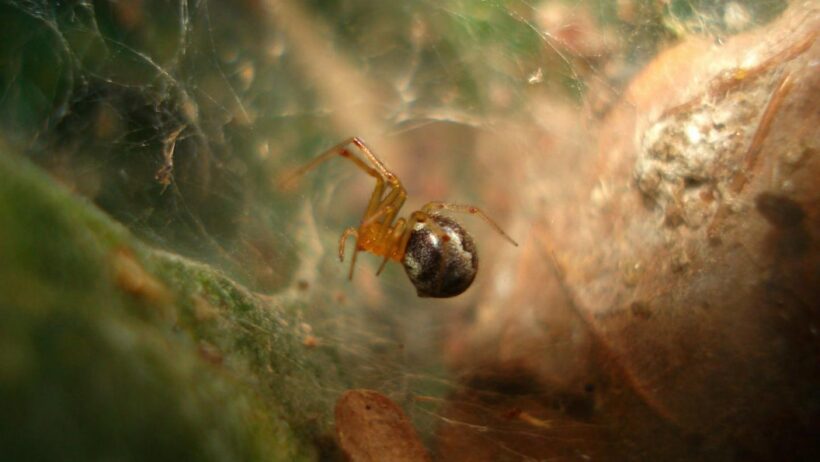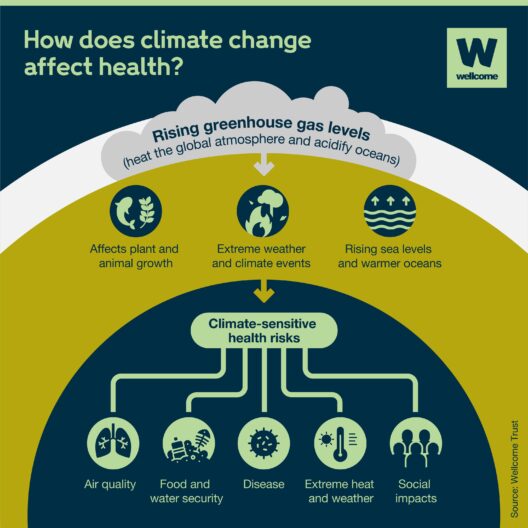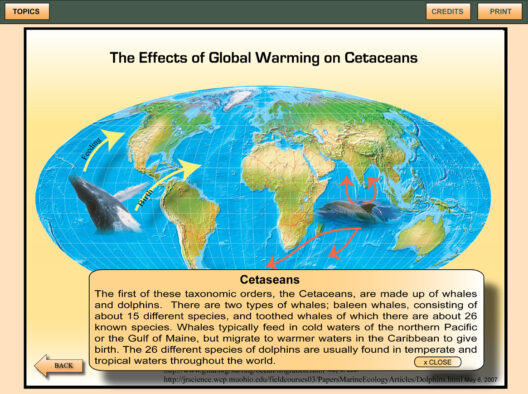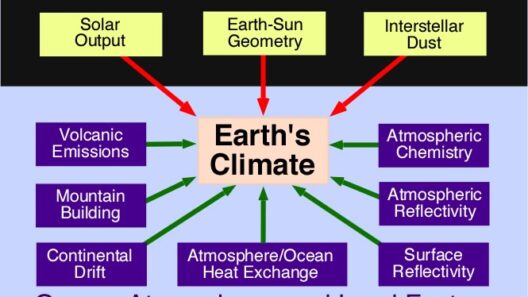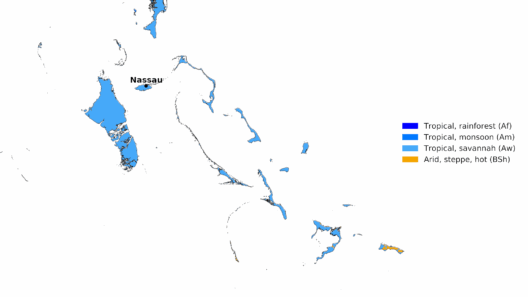As the climate shifts and humanity grapples with the tangible repercussions of warming temperatures, an intriguing yet unsettling question emerges: Are spiders getting bigger because of climate change? This inquiry delves into the realm of ecological evolution, where the age-old dance of predator and prey takes new forms against the backdrop of environmental upheaval. It is a biological symphony where spiders may lament their plight and revel in the new opportunities that a warming world unfolds.
At first glance, one might dismiss the notion that minor temperature fluctuations could affect arachnid size. Yet, the intricate web of life is remarkably sensitive to changes in its environment. Insects, the primary diet of many spider species, thrive on increased carbon dioxide levels and warmer climates. As populations of these organisms swell, a corresponding increase in their predators—the spiders—can ensue. This process exemplifies a principle in ecology: abundance begets abundance.
Climate change is not merely an abstract concept; it manifests in detectable shifts throughout ecosystems. Studies indicate that rising temperatures can accelerate growth rates for various species, potentially allowing spiders to reach larger sizes more swiftly than in previous decades. This could lead to a phenomenon wherein larger spiders capitalize on the influx of prey, pushing evolutionary traits towards increased body sizes and aggression. The cycle becomes a spiraling chain reaction, with each link connected to the upheavals wrought by climate change.
A metaphor that encapsulates this interaction is that of a spider’s web—a delicate structure that becomes taut as external forces press upon it. Just as a web can stretch closer to breaking point or become fortified in response to environmental stressors, so too can biological entities adapt in the face of climate-induced shifts. The delicate balance that governs our ecosystems relies on a fragile interdependence, where the actions of one species can ripple through the rest like a stone tossed into a pond, causing waves of consequence.
Spiders, often viewed as mere nuisances or frightening intruders in our homes, serve as vital components within their ecosystems. Beyond simply capturing insects, they influence population dynamics and contribute to broader ecological health. Understanding the impact of climate change on spiders reveals broader insights into environmental instability. As certain spider species exhibit enhanced growth and aggression, they may also disrupt existing ecological equilibria, further complicating the delicate tapestry of interconnected life forms.
Researchers have documented instances of spiders growing larger in response to climatic changes. These larger specimens display a notable increase in aggression, heightening their predatory efficacy. For example, the golden orb-weaver spider, known for its sizeable web and formidable presence, has demonstrated an ability to adapt its hunting strategies and size in response to escalating temperatures. Similar shifts are being observed across various species, making for a compelling narrative of change and adaptability in the face of climate-force pressures.
However, one must consider the broader implications of these changes. The burgeoning size of spiders may not pose a direct threat to humans, but it does engender concerns regarding ecosystem functionality. The predation dynamics shift, potentially leading to declines in insect populations that may have, until now, remained stable. Insects play critical roles in pollination, nutrient cycling, and serving as food for other animals. Thus, the repercussions of larger and more aggressive spiders do not exist in isolation but rather resonate through the entire ecological framework.
Climate change compels us to reevaluate not only our relationship with organisms like spiders but also our role as stewards of the environment. The notion of spiders growing larger serves as a cautionary tale of adaptation gone awry, where beneficial traits may morph into destabilizing influences under pressure. It urges us to consider how our actions—the carbon emissions we produce, the landscapes we alter—affect life in its myriad forms.
Certainly, the prospect of larger spiders inhabiting our backyards may evoke trepidation, yet it offers an opportunity to reflect on our interconnectedness with nature. The phenomenon can be viewed as a prism through which one assesses how climate change spawns a new era of adaptation and survival. The arachnids might indeed serve as harbingers of change, their size a reflection of the world’s warming mantle.
Conversations around climate change often gravitate toward the grand narratives—melting glaciers, rising sea levels, devastating wildfires. Yet, the subtler shifts within ecosystems warrant equal attention. Microcosmic changes like those seen in spider populations speak volumes about our environmental trajectory. Recognizing the myriad manifestations of climate change invites a profound understanding and perhaps an empathetic approach towards all forms of life that share this planet.
A holistic approach to combating climate change necessitates that we consider life beyond the charismatic megafauna we often focus on. Every spider, every insect, and every plant plays a part in this intricate web of life. Thus, as we ponder whether spiders are getting bigger due to climate change, we engage with fundamental questions about resilience, adaptation, and ultimately, survival in an increasingly unpredictable world.
In summation, the evolving story of spiders in the face of climate change presents a microcosm of the larger narratives at play. As we continue to probe into their evolving sizes and behaviors, we unveil layers of understanding that not only spotlight the spiders themselves but also illuminate the interconnected tapestry of life, climate, and survival that we all share. The web of life is not merely a passive structure; it is a living narrative, reshaped by the forces we invoke through our coexistence with nature.



